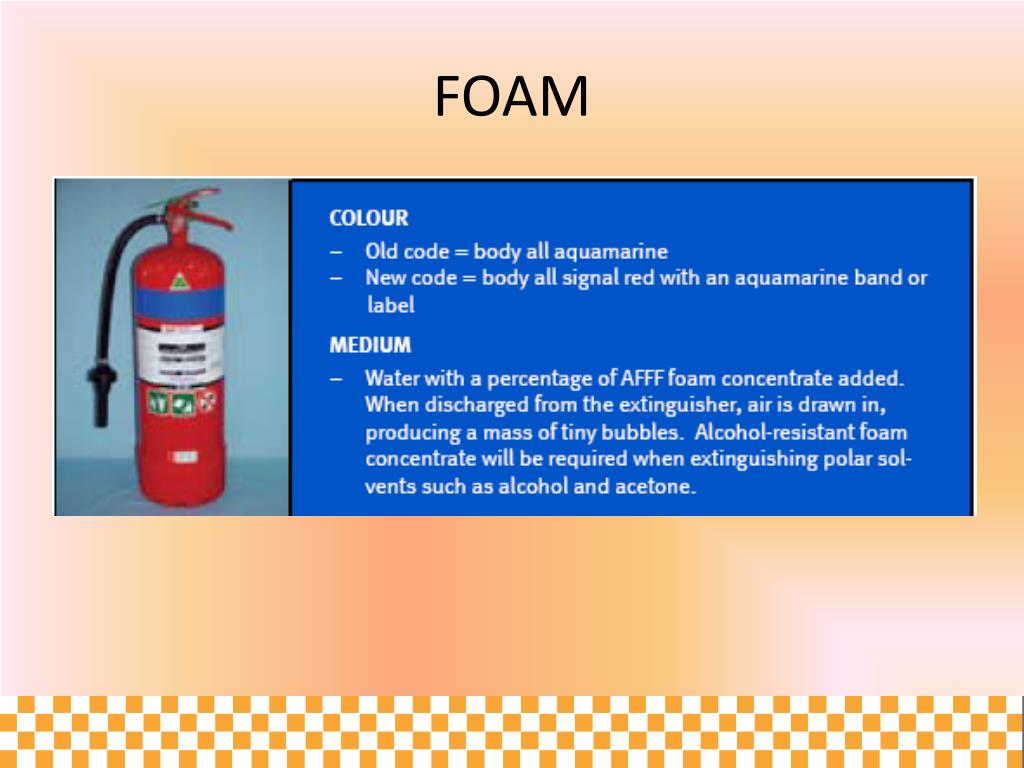"@context":"https://schema.org/","@type":"Store","name":"A5S LAUDOS E ENGENHARIA","image":["https://www.a5s.com.br/wp-content/uploads/2021/03/a5s-logo-secundaria.png"],"priceRange":"$","servesCuisine":"Brasil","telephone":"+5511987888954","address":"@type":"PostalAddress","streetAddress":"Avenida Dr. Guilherme Dumont Villares, 1136 – Morumbi","addressLocality":"São Paulo","addressRegion":"SP","postalCode":"05640-001","addressCountry":"BR"
Preventive maintenance addresses many fluid leak and mechanical/electrical ignition source points. Mobile and fixed powered equipment shall be supplied with hearth extinguishers or fire suppression methods as per OSHA & MSHA regulations. International Codes – A coordinated, complete set of constructing safety and hearth prevention codes promulgated by the International Code Council, a acknowledged publisher of constructing and fire codes. The main International Codes implemented by this program are the International Building Code and the International Fire Code. Passive hearth safety (PFP) in the type of compartmentalisation was developed previous to the invention of or widespread use of active hearth safety (AFP), primarily within the form of automatic fire sprinkler methods.

- Buildings have to be constructed in accordance with the model of the building code that is in effect when an software for a building permit is made.
- As a full-service fireplace protection firm, we provide design, fabrication, installation, testing, upkeep, and inspection of fireplace protection methods.
- Do not enter the building until University Police or fire personnel give the "all clear".
- Each affects life and property; amenities managers must perceive fireplace safety systems to control them.
NBFU issued NBC, the first recommended building code, in 1905; NBFU has compiled and analyzed fireplace incident data to replace codes and could enhance that course of with better and more complete information. (3) Emergency medical response just isn't a primary function of our
A Comprehensive Guide For Fire Prevention And Security
Each of the numerous obtainable transportable fireplace extinguishers mitigates a particular fireplace risk (Figure 2.17). Design strategies and development materials significantly scale back risk of harm or death from fires. Facilities managers should consider both attainable (catastrophic) loss of life and the value of replacement, repairs, restoration, lost revenue as a end result of outage, and harm to popularity (collectively, severity of fireplace risk).
What is NFPA fire protection Handbook?
One of the organization's most vital publications, the Handbook is a complete, one-of-a-kind reference information of fireplace and life safety prevention and safety info for school students and professionals throughout a variety of industries worldwide.
During this time, PFP was the dominant mode of protection offered in facility designs. With the widespread installation of fireside sprinklers up to now 50 years, the reliance on PFP as the one strategy was decreased. The function of this chapter is to supply guidance to NIH personnel for obtaining the required NIH Division of the Fire Marshal approvals earlier than starting any development, renovation or major gear installation projects. ppci legislação rs employs nationally accepted requirements developed by such organizations as the National Fire Protection Association (NFPA), the American Water Works Association (AWWA), and the Association of Public-Safety Communications Officials (APCO) International. When avcb validade update their standards, the analysis modifications as well.
Devoted To The Protection And Training Of The Hearth Service Since 1934
Each impacts life and property; facilities managers should perceive fire safety methods to regulate them. Some inert agents (e.g., halon) break the chain reaction; fire experts refer to a hearth tetrahedron for the complete range of fireside safety (e.g., halocarbon-based suppression systems). The liquid or stable part of most fuels does not burn; gas vapors ignite and spread flame. Fire heat typically drives more flammable gases and vapors from a gasoline, smothering, cooling, or excluding oxygen to extinguish it. Some metals (e.g., sodium, lithium, potassium, calcium, magnesium) burn without vaporizing; conventional extinguishers exacerbate this hearth kind. The University has an obligation to provide a safe and healthful setting to all college students, school, staff and visitors positioned in University buildings.

- The board has the only policy-making authority for the association, as long as such insurance policies do not battle with the procedures of Oklahoma State University.
- Effective with the annual 2020 code cycle, NFPA will not offer entry to the PDF format as a alternative for brand spanking new editions of codes and requirements, handbooks, or different reference titles.
- These methods have protected enterprise and industry from fire for more than 100 years and now are efficient and reliable if properly put in and maintained.
- It does not include any measures for protection of property or necessities for building security but does discuss with such requirements from the NFPA National Fire Codes and cites 12 underling principles.
- supersede State and native safety and traffic laws or regulations.
Facilities managers must understand different varieties of transportable fire extinguishers and their placement, inspection, maintenance, and use as required for occupancy and fireplace hazard threat (including fast and easy access). IFC and the Life Safety Code require choice and placement of portable fire extinguishers per NFPA 10. The hearth protection program encompasses all features of fireside protection on the Sanford Lab. Facilities managers cope with more and more complex laboratories and the chemical compounds used and stored in them.
What is required in an OSHA fire prevention plan?
At a minimal, your fireplace prevention plan should include: A record of all main fireplace hazards, proper handling and storage procedures for hazardous materials, potential ignition sources and their management, and the kind of hearth safety tools needed to regulate every main hazard. [29 CFR 1910.39(c)(1)]

